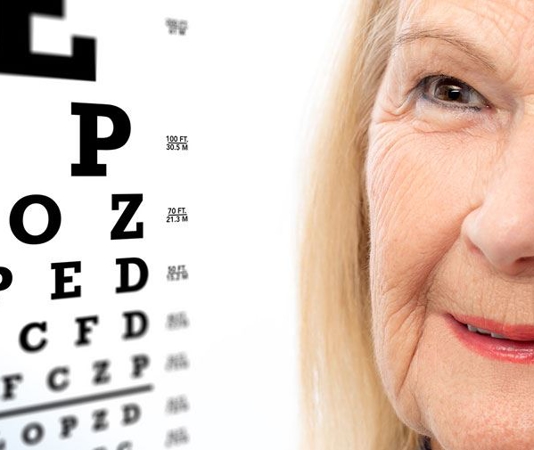Choosing to bring in professional home care assistance to support yourself or a loved one is a big decision. Make sure your potential new home care provider offers an in-home consultation before the start of your engagement.
Here’s what to expect during a home care evaluation.
To schedule a complimentary consultation with your local Homewatch CareGivers, contact us today.
What to Expect During Home Evaluations
What is a home evaluation, and what should a client and their family expect during this appointment? When an individual or their family contacts a home care agency, the first visit is typically a home care evaluation. The purpose of this assessment is to determine the needs of the person receiving professional care and therefore what type of care, the number of hours, and duration of care to recommend.
Here’s what to expect during a home evaluation visit with a home care provider:
- Getting to know the client. This meeting aims to get to know the individual in need of care and their family. To know that someone has multiple sclerosis, dementia, or some other condition that requires additional help is only the beginning. To develop person-centered care that will eliminate loneliness and boredom, the caregiver needs to know who this individual is and what brings them fulfillment.
- Home health assessment. Along with the social history, there will be questions about the client’s physical abilities so that the proper caregiver is brought in and training can be provided to family caregivers. With information about the client’s current symptoms and concerns, a caregiver can be on the lookout for improvements or changing signs of illness.
- Setting expectations. This is the time to discuss what home care services can do for the client. Expect to review the client’s rights, privacy protections, and future quality assurance visits.
- Home safety assessment. A vital part of an in-home evaluation for elderly and disabled clients is a safety check. The home must be safe for the person who lives there, their caregiver, and others who routinely visit or spend time there. The safer the home is, the longer someone can potentially remain there living independently. A quality safety evaluation includes a fall risk assessment. While this is done during the initial home evaluation visit, it can and should be reviewed:
- After a fall.
- When there is a change in medication.
- Before and after surgeries.
- If there are any changes in the well-being of the person receiving care in the home.
- Discuss Rates and Payment Options. A primary concern for many considering senior care is how they will pay for it. During the evaluation, a representative from the home care agency can discuss pricing, review the client’s insurance papers, and ask questions about other payment options. While in-home care is typically paid for out of pocket, there are other ways to reduce the cost of services. For example, long-term care insurance or veterans’ benefits can offset out-of-pocket expenses.
Schedule a Consultation with Your Local Homewatch CareGivers
Ultimately, everyone has the same goal: to support the individual who, due to age or illness, needs support to live as independently as they’re able. An in-home evaluation by a licensed home care agency like Homewatch CareGivers can be the first step in improving the client’s quality of life. Our offices are locally owned and operated with the support of a parent company with 40 years of industry experience. Our caregivers benefit from ongoing training to expand their skills and provide the best possible care for every client. Plus, our entire organization is dedicated to supporting the whole person and not just their medical conditions.
To schedule an in-home evaluation with your local Homewatch CareGivers, call 888-404-5191 or contact us online today.





